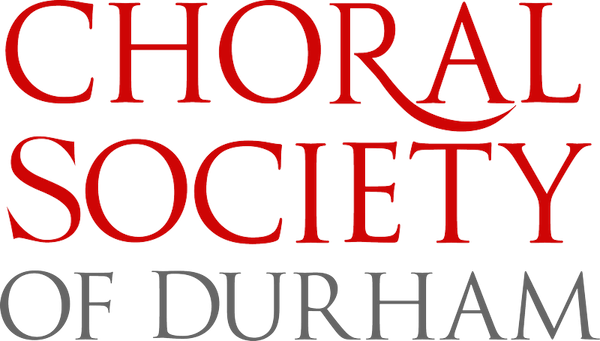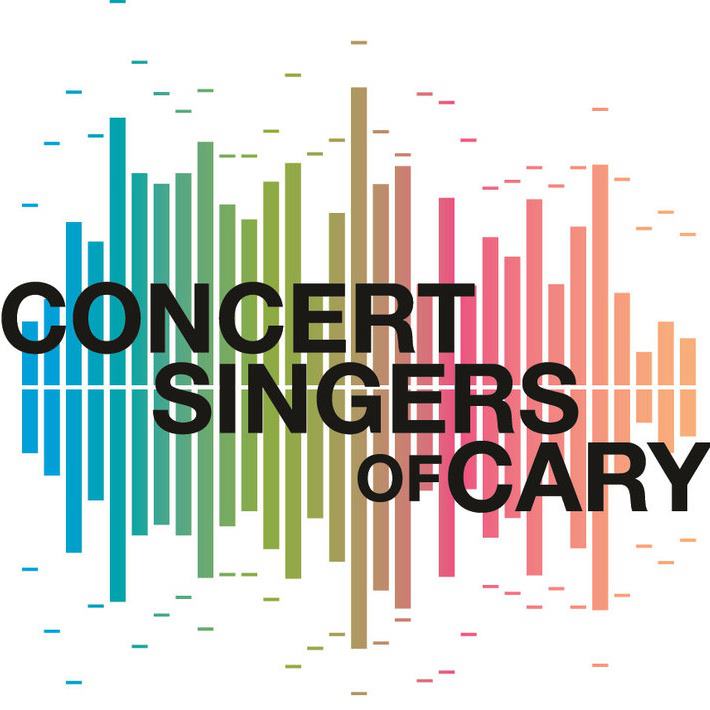William Adams, DMA
What’s that age-old knock against opera? Opera singers can’t act, right? Maybe there was a time when that was marginally true. There have been periods in opera where singers came forward, stood in one place, and simply delivered their aria. Duets, trios, what have you, all sung essentially as though one was in a concert, just with dramatic lighting, costumes, and sets. Well, it hasn’t been true for decades, to be sure but even with that said, it seems that every season opera is brought to new heights by singers as dedicated to their stagecraft as they are to their musicianship and vocal athleticism.
But there’s acting in a drama and then there’s comedy. “It’s only funny because it’s true” or “there’s a fine line between comedy and tragedy” are also venerable mainstays of the theater. One is taught never to wait for a laugh but to play the scene as true as possible and let the comedy, in the writing, come forth on its own. Explain that to the Marx Brothers. Sometimes “funny” is funny because it is absurd. Subtle humor and wry wit are delightful, of course, but sometimes we want to see characters try and navigate their way out of some ridiculous set of circumstances. Carol Burnett coming down those stairs wearing a curtain (“I saw it in the window and I just couldn’t resist it”). You get the point.
To play this sort of comedy well you have to be physical, you have to have an incredibly expressive face, and you have to be willing to take huge chances on the stage. That isn’t easy. It is easy to go overboard, play too hard for the laugh, or to be too slapstick. Those are sure-fire recipes for disaster. But when you have a cast of extremely talented performers with a knack for comedy and you pair it with brilliant staging and a remarkable stage design all set to some of the most iconic music in opera, well … look out.
Before proceeding to an analysis of this particular performance, a bit of historical context about the opera for those readers who like that sort of thing and to highlight just how cleverly produced and performed this production was — feel free to skip the next two paragraphs… French playwright Pierre-Augustin Caron de Beaumarchais wrote three plays which were likely inspired by his travels to Spain. They center around three characters (who appear in all three plays), Figaro, Count Almaviva, and Rosina. The plays were famously controversial when written earning bans by the French court because of their perceived mockery of the aristocracy. The first of these plays, Le Barbier de Séville (which we know in Italian as Il Barbiere di Siviglia or in English as The Barber of Seville) was the first of these plays and was premiered in 1775. Rossini’s opera premiered in 1816 but there were other operatic treatments, most notably Giovanni Paisiello’s in 1782. Le Mariage de Figaro (Le Nozze di Figaro or The Marriage of Figaro) premiered in 1784 (with Mozart premiering his operatic version just two years later). The third play, La Mère coupable (The Guilty Mother) premiered in 1792 and has not had much success operatically with the most notable version being that of Darius Milhaud in 1966.
Barber was written in the style or tradition of the commedia dell’arte. Several of the stock characters of commedia are clearly represented. Figaro is the Harlequin, of course; the cunning servant. Rosina and Almaviva are the Innamorati — the seemingly hopeless lovers. The characters of Doctor Bartolo and Don Basilio are hybrids of “Il Dottore” who is the head of the household but who often appears in a black, scholarly robe, and “Pantalone” an older, wealthy man who often appeared in dark capes and red trousers. Berta is Colombina, but with a twist, as this character who is usually represented as a maid or other kind of servant is usually trying to aid her mistress (in this case, Rosina) in realizing her love affair whereas Berta often keeps Rosina at bay. When Almaviva appears as the “music teacher,” he is representing the “stuttering statesman” with his large felt hat and enormous cloak that are the character Tartaglia. A common element of commedia dell’arte is also the art of pantomime, which we see in the form of Figaro’s assistant. Finally, the character of Pulcinella, usually a servant and seen wearing a loose-fitting white outfit was used, quite literally, for the chorus, complete with tall hats and masks.
Francesca Zambello’s brilliant staging combines representing the elements of commedia dell’arte with delightful modern anachronisms. Large cut-out faces brandished by the chorus are reminiscent of Terry Gilliam’s drawings for Monty Python. The entire storm sequence complete with the chorus running back and forth with silver streamers and signs (in English) telling us of the approaching storm, the arrival of the storm, that the storm was continuing, and the end of the storm. The cutout police uniforms and the behavior of the police force when they arrive evoke memories of Gilbert and Sullivan’s police force in The Pirates of Penzance. There were various other physical signs brought onto the stage to tell us what was going on — most notably the entrance of Figaro himself. The chorus had the six letters of Figaro’s name on separate signs which were, predictably, arranged incorrectly at first (and upside down). Once corrected, they then highlighted Figaro’s ulterior motive when they spelled out “I Go Far.”
John Conklin’s scenery which was designed for the Glimmerglass Festival was cleverly minimalistic and exceptionally versatile. The use of the window which could be moved around the stage creating different perspectives was inspired. Lynly Saunders’ costumes, also for the Glimmerglass Festival were bright and vivid. In addition to the Pulcinella costumes mentioned earlier, each of the characters had bold colors and were very smartly adapted into a late 18th century setting.
Quoting the bio printed in the program, Maestro Jakob Lehmann believes “stylistic awareness and historically informed performance are the pillars of emotionally sincere and energetic interpretations.” The word “energetic” is particularly apt. Maestro Lehmann’s choices of tempi were quicker than one normally hears in performances of Barber. These choices, first and foremost, set the mood for the opera. In the overture we heard the frenetics that were to come. He eschewed some of the Romantic conventions of wildly fluctuating tempi (especially during “Dunque io son” between Rosina and Figaro), drawn out cadenzas, or some of the flashier interpolations of high notes in the arias (although, Berta did get to show off a bit). The result was generally quite clean (with only a few exceptions where there were sync issues in the orchestra or between the orchestra and the singers), well paced, exciting, and really served to drive the action.
This all set the stage (pun intended) for the performers…
Luke Sutliff dazzled as a charismatic Figaro. His crystal clear lyric baritone made light work of Rossini’s demanding coloratura all the while moving effortlessly from one comedic take to the other with just the right blend of slapstick and subtlety. Lisa Marie Rogali was a breathtaking Rosina. She sang with a grace and lyricism that was matched only by her amazing physical range from ingénue to comedienne. David Walton brought a very bright, high lyric tenor to Almaviva. As the Count he was equally aristocratic and yet wonderfully love-struck. As the “music tutor” he showed the strength of his comedic chops with a deliciously obnoxious nasality in his tone that perfectly complimented his wonderfully irritating physicality. Ben Brady was impressive as Doctor Bartolo. His tremendous agility and rapid-fire diction were jaw-dropping. His range of expression vocally was equally impressive with moments of great buffo pomposity; a delicate, light mixed voice; or his terrifically funny and over-the-top falsetto. He bounded around the stage one moment and stuffed himself down into a chair in another in a masterclass of cartoon-like physical comedy. Musa Ngqungwana boomed as Don Basilio. He embodied Basilio one moment as a regal if somewhat stuffed shirt, only to drop all pretense in the next with delightfully expressive eyes and a giddy playfulness as he broke the fourth wall. Lucia Bradford is only given a few moments to shine, vocally, as Berta, but her presence throughout the opera is tangible. Her incredibly expressive face snaps between expressions in the blink of an eye and she created wonderfully unique bits of chemistry with each of her co-stars. Her aria was a tour de force showcasing her amazing range from the high notes one expects to hear in Rossini to an impressive display of rich and powerful notes in her chest voice in an impressive bit of interpolation from Rossini’s original score. Asher Saab was impish and terrifically funny as Figaro’s Assistant. Adam Dengler brought a fresh bit of deadpan to his portrayal of Fiorello that was clever and well conceived. Donald Hartmann was equally impressive with his rubbery, clownish portrayal of the Officer.
The Barber of Seville is the perfect “gateway opera” to introduce people to opera and help them develop a real appreciation and love of this cherished art form. North Carolina Opera’s production was a brilliant showcase of stunning vocal talent, theatrical innovation, and musicality.








